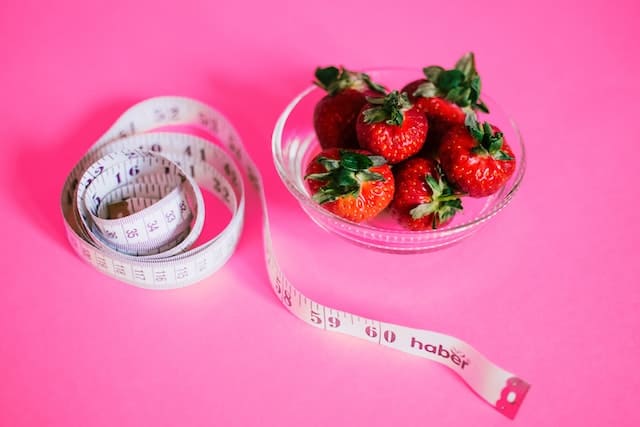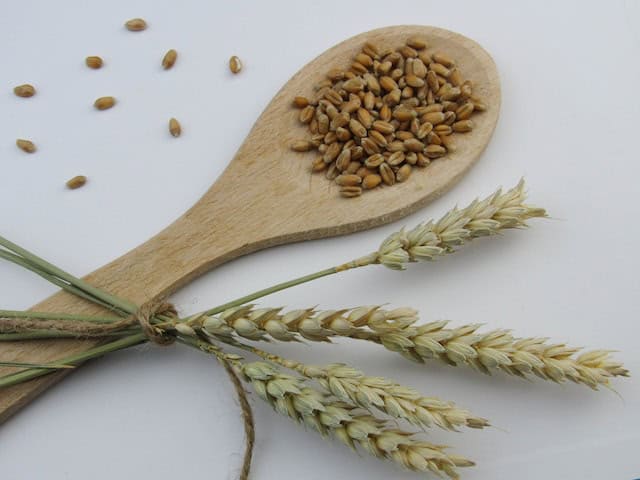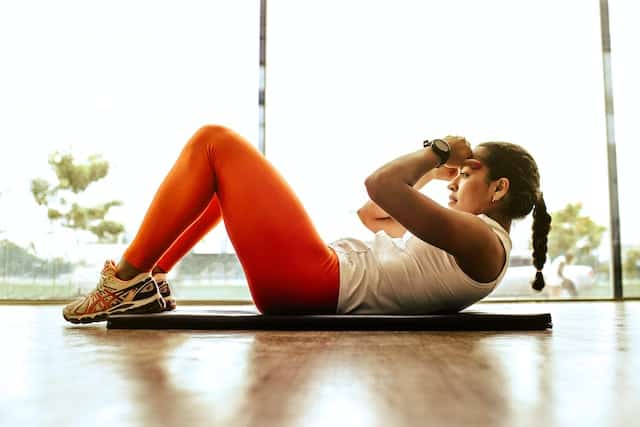We live in a time where the way we look often seems more important than who we are as individuals. And we should blame the mass media for it. Because by promoting all those celebrities with perfect bodies has led people to believe that is the only acceptable beauty standard. But for regular people who don’t have the time or money to hire a personal trainer, a nutritionist, and a cook, meeting that standard and having to balance diet and exercise seems nearly impossible. Not to mention that it can make people so desperate that they would try anything, even starvation.
So, instead of striving to achieve the impossible, focus on maintaining your health and well-being. Plus, if you eat right and work out, you’ll get into the best shape of your life, and you’ll be able to maintain it without too much effort. Take a look at this guide on how to balance diet and exercise.

No. 1 To balance diet and exercise, your meals should include various food groups
Developing healthy eating habits should be a top priority. This will not only help you lose weight, but it will also improve your overall health. According to the Healthy Eating Plate, created by Harvard T.H. Chan School of Public Health and Harvard Medical School, your meals should always include various food groups. Here are some of the most important:
Fruits and vegetables
Fruits and vegetables have so many health benefits that it’s impossible to list them all. Just to give you an idea, they can reduce the risk of heart disease, stroke, digestive problems, and even some types of cancer, and lower blood pressure. Furthermore, they stabilize blood sugar levels, which is why they are classified as foods that help with alcohol cravings. Yes, that’s right, some foods can curb cravings while also boosting your energy and protecting your liver.

Given all these benefits and many others, there’s no doubt you should eat lots of fruits and vegetables. Still, you might wonder what the recommended daily intake is. Well, according to the World Health Organization (WHO), you should eat at least 400 g of fruits and vegetables daily.

Whole grains
The main difference between whole and refined grains is that refined ones are stripped of all the important nutrients. Therefore, they offer no health benefits. By comparison, whole grains are rich in fiber, iron, zinc, magnesium, and vitamins B and E, just to name a few. As a result, they can steady blood sugar, lower cholesterol, and help maintain a healthy weight. Thus, you should include oats, corn, barley, buckwheat, brown rice, or any other whole grains in your daily meals.
Healthy protein
If you want to balance diet and exercise, you must also consume protein. But be advised that not all protein is good. Specifically, eating a lot of processed and red meat will harm your health. It can result in weight gain, diabetes, heart disease, and even colon cancer. As a result, you should focus on including healthy protein in your diet. This means eating lots of fish, poultry, nuts, and beans.
No. 2 Be mindful of when and how much you eat
If you want to stay healthy but also lose a bit of weight, you have to be mindful of when and how much you eat. Make sure you don’t eat too few calories or skip breakfast, as these are some of the most common diet mistakes people make. This can easily lead to starvation which is not only bad for your health but will also make you feel weak and tired.
Thus, instead of starving yourself, you should eat 5-6 small healthy meals per day. This will prevent you from making spur-of-the-moment unhealthy food choices or overeating. You should try to keep track of the number of calories you eat. Try to maintain a balance between the number of calories you consume and the number of calories you burn. It’s logical that if you work out a lot, you’ll need more calories to keep your energy levels up.
No. 3 Exercise regularly
There are many reasons why you should exercise on a regular basis. Apart from maintaining a healthy weight, this can help you prevent chronic illness and improve your physical and mental health. According to the experts at the Mayo Clinic, you should aim for at least 30 minutes of moderate physical activity every day. It doesn’t matter if you walk, jog, cycle, hike, or dance socially as long as you achieve this goal.

Now, if you’re also trying to lose some weight, you’ll have to work out more than 30 minutes daily. Plus, you should practice all four types of exercise – strength, endurance, flexibility, and balance. If you have a hectic schedule that makes it impossible to go to the gym, get creative. For instance, you can walk to work instead of driving, take the stairs instead of the elevator, and squeeze in exercise while watching TV.
No. 4 Stay hydrated
Staying hydrated is one of the best ways to balance diet and exercise. By drinking enough fluids, you’ll improve your physical performance, boost your energy levels, improve your brain function, and maintain a healthy weight and a healthy heart.
As a general rule, you should drink at least eight glasses of water per day. But try to avoid sugary and alcoholic beverages, as they are bad for your health and contribute to dehydration. If you feel the need to drink something else besides water, try sugar-free tea or low-fat milk.
No. 5 Get enough sleep
Your body needs a good night’s sleep to recover and regenerate. As a result, quality sleep will boost your mood and energy levels and improve your athletic performance, as well as your physical and mental health. Be advised that the number of hours you sleep is not as important as the quality of your sleep. By maintaining a healthy diet and exercising regularly, you’ll sleep better. However, you should also find ways to relieve stress and avoid screens before bed.
Conclusion
Stop trying to meet the impossible beauty standards promoted by the mass media. Instead, focus on staying happy and healthy. Following this guide on how to balance diet and exercise will help you achieve this. It will also help you lose weight healthily and maintain a healthy weight without starving yourself.

